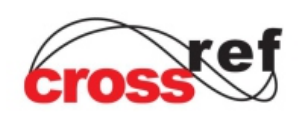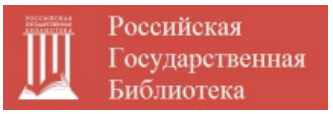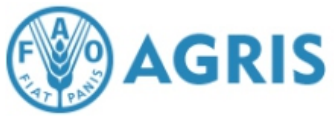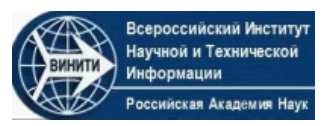Correlation between economically useful traits in sugar corn lines
E.F. Sotchenko, E.A. Konareva
Upload the full text
Abstract. To create highly productive corn hybrids, it is necessary to have high-quality linear material of inbred lines, which must have a number of economically useful traits, as well as be adapted to agroclimatic conditions. This article presents the result of a study of economically useful traits of sweet corn lines and their interrelationship, as well as the influence of weather conditions on the formation of these traits for the period from 2020 to 2022 research. All selected lines are presented from the available material in the collection of the Federal State Budgetary Institution All-Russian Research Institute of Corn, which is located in the Foothill zone of the Stavropol Territory, Pyatigorsk. The object of the research was 10 lines of sweet corn created by breeders of our institute. The study revealed a direct correlation between such economically useful traits as plant height and height of attachment of the cob (r = 0.92), the number of days before flowering of the cob and plant height (r = 0.99), the weight of 1000 seeds and the number rows (r = 0.78), and other characteristics that are in direct relationship with each other, as well as economically useful characteristics that do not bear any relationship between variations, for example: the duration of the germination period – flowering of the cob and the length of the cob (r = –0.68), grain weight per cob and weight of 1000 grains (r = –0.63), grain weight per cob and plant height (r = –0.80), etc. Based on the research results, recommendations for practical selection are given, which will be useful for creating new generation hybrids.
Keywords: corn, inbred lines, correlation coefficient, correlation interactions, economically valuable traits
For citation. Sotchenko E.F., Konareva E.A. Correlation between economically useful traits in sugar corn lines. News of the Kabardino-Balkarian Scientific Center of RAS. 2024. Vol. 26. No. 3. Pp. 103–111. DOI: 10.35330/ 1991-6639-2024-26-3-103-111










